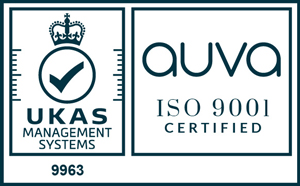What is the difference between autonomous power and trickle charge?
Post Author:
Laura Reeve
Date Posted:
December 18, 2024
There are two primary reasons for fitting solar panels in a transport application and it’s not always about “powering”. The most common application is ‘trickle charge’ where you are simply topping up the battery; and the other is fully autonomous power.
We launched our first solar product in 2020 with a solution for the refrigerated transport sector – a high voltage 50w panel that connects to the fridge battery and trickle charges it to eliminate the common problem of flat batteries. This is still our most popular solution, but since then we have supplied a number of similar solutions for different types of transport equipment.
In our opinion, trickle charge applications aren’t typically about fuel saving or reducing CO2. We believe there might be a small saving but the benefits are primarily enhanced fleet reliability and improved battery health. Of course, by protecting the battery you can reduce the number of battery replacements required over the lifetime of the equipment so you could say there is an environmental benefit in that. Any fuel saving achieved is a positive secondary benefit but it’s very hard to measure.
Fully autonomous solutions would involve larger solar panels (possibly even covering the entire roof of a trailer or vehicle body) to fully power ancillary equipment – fully powering a fridge, air curtains, camera systems or powering lifting equipment (tail lifts, lifting decks) for example. There is likely to be a fuel saving and CO2 saving with these larger systems. We’ve had good success with councils, for example, who are seeing the cost saving and green benefits of covering the roof of a waste truck with solar. The panels power all on-board ancillary equipment reducing the draw from the vehicle’s alternator.
Find out more about our solar range here.


